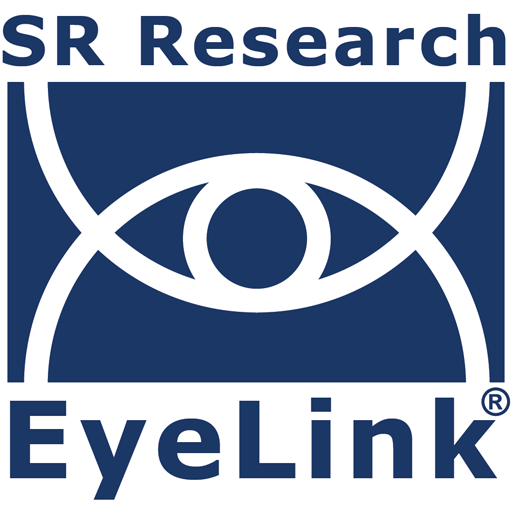CASE STUDY: Linking Pupil Dilation and P300 Amplitude in an Emotional Face-Word Stroop Task

The locus coeruleus-norepinephrine (LC-NE) system plays a crucial role in regulating arousal and cognitive control, including the ability to resolve emotional conflicts. Prior research has implicated the P300, an event-related potential (ERP) component, in LC-NE system activity. However, researchers have struggled to find consistent trial-by-trial correlations between task-evoked pupil dilation (an indirect measure of LC-NE activity) and P300 amplitude, especially in oddball-type paradigms.
In their recent study, “Linking tonic and phasic pupil responses to P300 amplitude in an emotional face-word Stroop task,” Chang et al. (2023), used an emotional face-word Stroop task, which has been shown to link pupil dilation to the LC-NE system. Their objective was to investigate both intra-individual (trial-by-trial) and inter-individual correlations between task-evoked pupil dilation and P300 amplitude.
Their paper highlights how combining eye-tracking and electroencephalography (EEG) can offer a more comprehensive understanding of the neural mechanisms underlying cognitive processes.
Linking Pupillometry Data from Eye-Tracking and EEG
Pupillometry, the measurement of pupil size, served as a non-invasive, indirect measure of LC-NE activity. The researchers used an SR Research EyeLink 1000 Plus eye tracker, which can detect changes in pupil size as small as 0.1%. They differentiated between baseline (tonic) pupil size, reflecting tonic LC activity, and task-evoked (phasic) pupil dilation, reflecting phasic LC activity. By precisely measuring these pupillary responses, the researchers could infer dynamic changes in the LC-NE system during the emotional Stroop task.
EEG, on the other hand, provided direct insights into brain activity by measuring ERP components like the P300, N450, and N170. The P300, particularly its P3a subcomponent, was of primary interest due to its proposed link with the LC-NE system. The N450 was relevant for emotional conflict processing, and the N170 for face processing. EEG allowed for precise temporal resolution of neural responses to stimuli.
Pupillometry Offers Insight into LC-NE System While EEG Captures Precise Timing of Neural Response
The combination of eye-tracking and EEG allowed Chang et al. to uncover nuanced relationships that single-modality approaches might miss:
- Intra-individual Correlation between Task-Evoked Pupil Dilation and P300 Amplitude: Crucially, the study found a significant linear intra-individual correlation between task-evoked pupil dilation and P300 amplitude. Larger pupil dilation on a trial-by-trial basis correlated with a greater P300 amplitude. This finding, observed in both congruent and incongruent conditions, directly supports the LC-P3 hypothesis in the context of emotional conflict.
- Distinct Contributions to Task Performance: While both task-evoked pupil dilation and P300 amplitude predicted reaction time variability in the incongruent condition, only pupil dilation was a significant predictor in the congruent condition. This suggests that these physiological measures provide distinct insights into task performance and are independently modulated by task conditions.
- Baseline Pupil Size and ERPs: The study also revealed linear correlations between baseline pupil size and P300 and N170 amplitudes, with smaller baseline pupil size corresponding to larger amplitudes. This highlights the importance of considering tonic arousal levels in relation to ERPs.
The Chang et al. (2023) study exemplifies how the integration of eye-tracking and EEG provides a powerful framework for understanding complex cognitive processes. Eye-tracking offered a window into the dynamic activity of the LC-NE system, while EEG captured the precise timing of neural responses. This dual-modality approach enabled the researchers to demonstrate, for the first time in this paradigm, a trial-by-trial link between task-evoked pupil dilation and P300 amplitude. This research underscores that combining these methodologies can yield more comprehensive and nuanced insights into the interplay between arousal, cognitive control, and neural activity, paving the way for more robust findings in cognitive neuroscience.
For information regarding how eye tracking can help your research, check out our solutions and product pages or contact us. We are happy to help!
